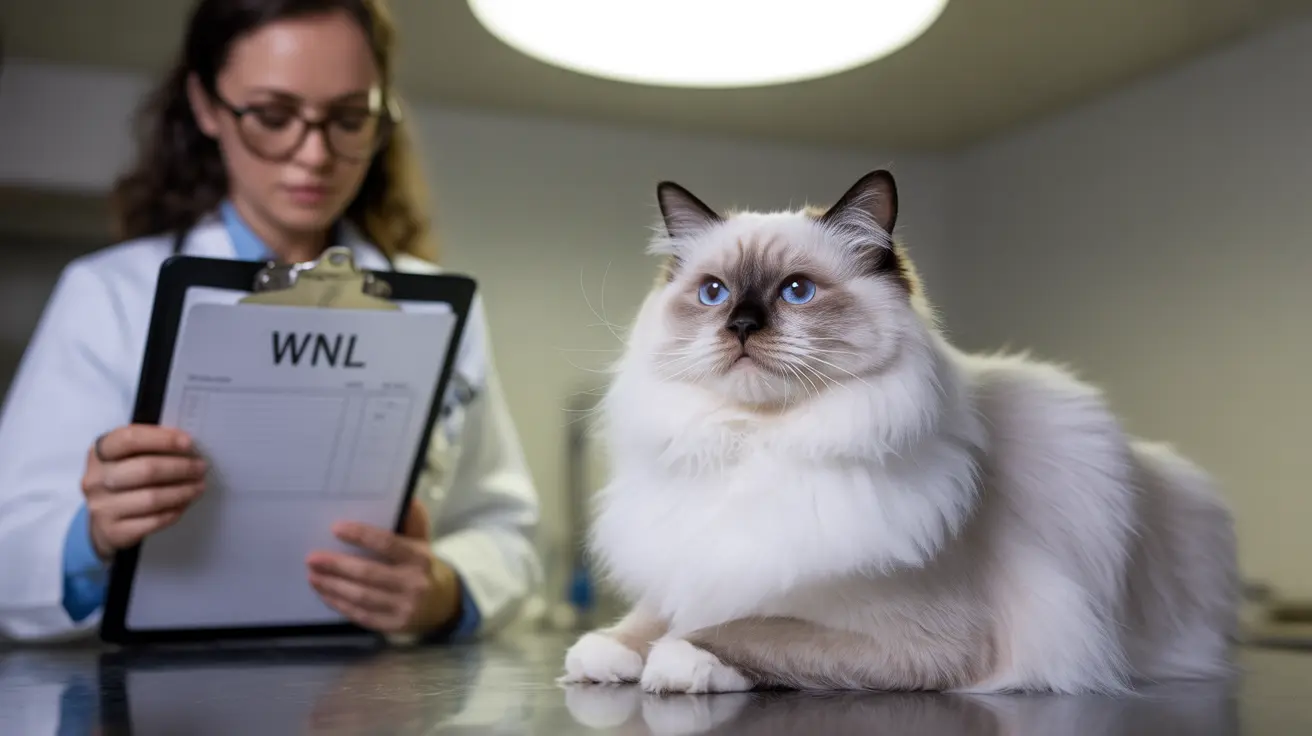What Does WNL Mean in Veterinary Medicine?
When reviewing your pet's medical records, you might come across the abbreviation "WNL." This common veterinary acronym stands for "Within Normal Limits," and it's one of the most frequently used terms in veterinary documentation. Understanding this abbreviation can help you better interpret your pet's health status and communicate more effectively with your veterinary team.
When veterinarians mark "WNL" in medical records, they're indicating that the examined aspect of your pet's health falls within the expected healthy range. This could refer to vital signs, laboratory results, physical examination findings, or other medical parameters.
How Veterinarians Use WNL in Practice
During Physical Examinations
During routine check-ups, veterinarians assess multiple aspects of your pet's health. They might note "WNL" for various parameters:
- Temperature readings
- Heart rate and rhythm
- Respiratory rate
- Lymph node size
- Organ palpation results
- Eye and ear examinations
In Laboratory Results
When reviewing blood work, urinalysis, or other diagnostic tests, "WNL" indicates that all measured values fall within the established reference ranges for your pet's species, age, and condition. This provides a quick way to communicate that no concerning abnormalities were detected.
The Significance of WNL in Pet Healthcare
Understanding what WNL means can help you better participate in your pet's healthcare decisions. When you see this notation, you can feel confident that the particular aspect being examined is normal and healthy. However, it's important to note that "normal" can vary between different pets based on factors like:
- Species and breed
- Age
- Overall health status
- Previous medical history
- Geographic location and environmental factors
When to Ask for Clarification
While WNL is a standardized term, there may be times when you should seek additional information from your veterinarian:
- When multiple parameters are marked WNL but your pet still seems unwell
- If you're unsure which specific aspects were evaluated
- When tracking a chronic condition that requires detailed monitoring
- If you notice changes in your pet despite "WNL" notations
Frequently Asked Questions
What does the veterinary abbreviation "WNL" mean on my pet's medical report?
WNL stands for "Within Normal Limits," indicating that the examined aspect of your pet's health falls within the expected healthy range for their species, age, and condition.
How do veterinarians use "WNL" to describe my pet's health during exams or tests?
Veterinarians use WNL to quickly document that specific health parameters, such as vital signs, laboratory results, or physical examination findings, are normal and don't require additional attention or intervention.
What other common veterinary abbreviations should I know besides "WNL"?
Common veterinary abbreviations include BAR (Bright, Alert, Responsive), TPR (Temperature, Pulse, Respiration), CBC (Complete Blood Count), and NPO (Nothing by Mouth).
How can understanding "WNL" help me better interpret my pet's veterinary records?
Understanding WNL helps you quickly identify which aspects of your pet's health are normal, allowing for better communication with your veterinary team and more informed decisions about your pet's care.
When should I ask my vet for clarification if I see "WNL" or other acronyms in my pet's chart?
Ask for clarification if you're unsure which parameters were evaluated, if your pet shows symptoms despite WNL notations, or if you're tracking specific health concerns that require detailed monitoring.
Conclusion
Understanding veterinary abbreviations like WNL is crucial for effective communication with your veterinary team and better comprehension of your pet's health status. While this notation provides a quick way to identify normal findings, remember that your veterinarian is always available to explain any aspects of your pet's medical records in more detail.






